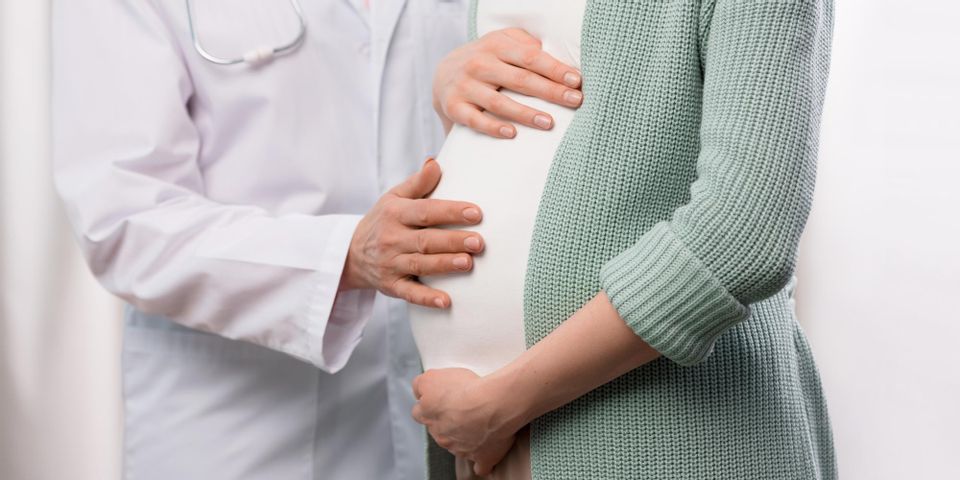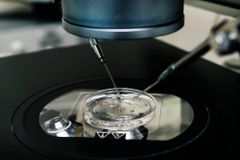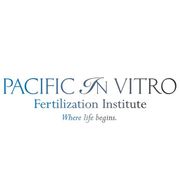When Is Assisted Hatching Used in IVF?

In vitro fertilization (IVF) is an infertility treatment method where eggs are mixed with sperm in a laboratory. Once the eggs are fertilized and develop into embryos, one is placed in the woman’s uterus to help her become pregnant. Sometimes, assisted hatching is used to aid in vitro fertilization. This guide will help you understand the process and benefits of assisted hatching.
What Is Assisted Hatching?
A developing embryo is surrounded by a protective shell, the zona pellucida. The embryo naturally breaks out of this shell before implantation in the uterus. Assisted hatching is the process of “cracking” the zona pellucida. This can be done using chemicals to breach the shell, a laser to create a tiny hole, or mechanical expansion to mimic the natural growth of the embryo, eventually leading to breaking.
How Assisted Hatching Improves IVF Success
 Assisted hatching is done during IVF in the laboratory, just before the embryo is placed in the woman’s uterus. It encourages the embryo to crack out of its shell so it can successfully implant in the uterine wall and lead to pregnancy.
Assisted hatching is done during IVF in the laboratory, just before the embryo is placed in the woman’s uterus. It encourages the embryo to crack out of its shell so it can successfully implant in the uterine wall and lead to pregnancy.
Benefits of Assisted Hatching
Studies suggest an increase in clinical pregnancy rates using chemical-assisted hatching over other methods. But there isn’t enough evidence to conclude that assisted hatching improves live birth rates. Still, assisted hatching can benefit women over 38 or those who have had more than two unexplained failures with in vitro fertilization.
If you’re wondering if IVF and assisted hatching will help you have a child, consult the caring team at Pacific In Vitro Fertilization Institute. Located in Honolulu, they were founded in 1985 as Hawaii’s first IVF clinic. Open seven days a week, they’re available to provide fertility-related information, whether you’re hoping to become pregnant now or in the future. Learn more about assisted hatching online, or call (808) 946-2226 to schedule an appointment.
About the Business
(3 reviews)
Have a question? Ask the experts!
Send your question

